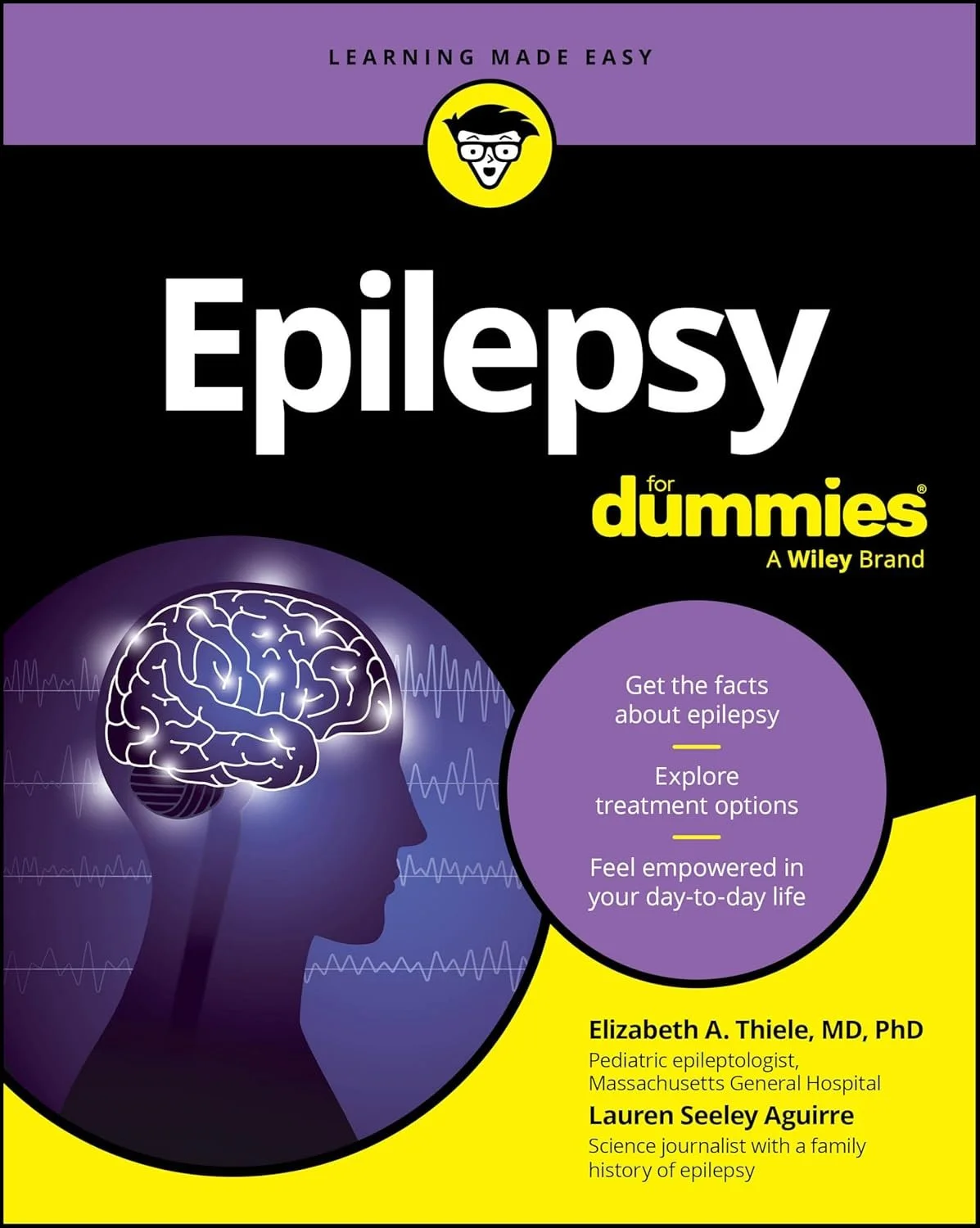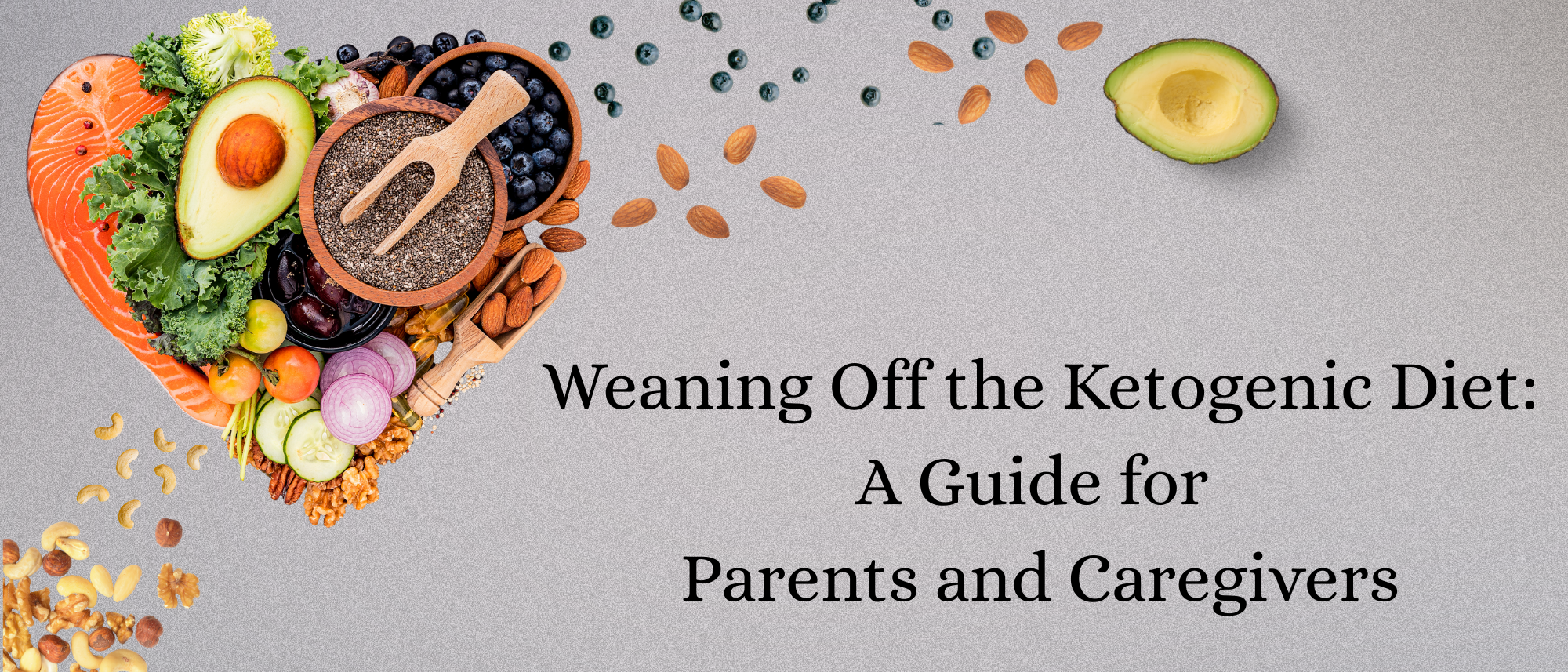Meet McKinley, CDKL5 Warrior!
/By Yessy Abolila
Our daughter, McKinley, was born at 40 weeks and one day. In every sense, my pregnancy was by the books. No complications while she baked in my womb and no complications during birth. She was born at a healthy 8 pounds and 11 ounces. I was able to breastfeed immediately and she gained weight perfectly. I was thankful for it all and my worries seemed to vanish once she arrived. Life, unfortunately, can throw you a curveball.
At 3 weeks old, we started noticing these odd movements. We first thought they were startle reflexes, but after a few days of consistently seeing them, we called McKinley’s pediatrician on a Saturday morning, and she suggested we take her to the emergency room as a precaution. The ER staff was kind and assured us it was reflux at first. However, once they witnessed those same movements, they admitted McKinley and our journey into the world of epilepsy began.
Although a brain ultrasound and an MRI confirmed McKinley’s brain was physically normal, an EEG would confirm she was in fact having seizures. The following weeks were a blur of second opinions, medications, more EEGs, and eventually, genetic testing. The week after Thanksgiving, when McKinley was barely 9 weeks old, we received her diagnosis—CDKL5.
Cyclin-dependent kinase-like 5 is a genetic disorder that essentially affects how one develops neurologically. One of its main characteristics is hard to control seizures. It is a rare disease and not fully understood. There is a wide spectrum as far as severity and no two children are alike. Some may never walk, talk, or be able to hold their head up unsupported. As one can imagine, the news was difficult to accept. The best advice we received was to become our daughter’s advocate. With no cure, we began our research to find the best treatment for her.
I had first heard of the ketogenic diet as a treatment for epilepsy when McKinley was around 3 months old. I brought it up to her neurologist, and he said it would only be successful with a feeding tube. Hearing that, I was disheartened but looking back now, I realize he simply didn’t have experience with it. Although the diet has been helping children since the 1920s, in my experience, it’s not a common course of treatment in South Florida.
I finally convinced her team of specialists to give it a shot after McKinley was on her third or fourth hospital stay at 4.5 months. She had already failed four AEDs—Phenobarbital, Keppra, Trileptal, and Topamax. Her episodes were changing and I suspected infantile spasms. I researched and printed out articles from medical journals showing that the diet could successfully be used to treat IS, instead of the first line treatment of ACTH or Prednisone.
With her specialists finally on board, we began the diet inpatient and over the course of 12 days, I stopped breastfeeding, and transitioned her to a 4:1 KetoCal formula. Within two weeks of starting the diet, McKinley was seizure and spasm free. Results that I was grateful for. She started the diet while on Trileptal and Topomax—we weaned Trileptal first. Knowing what I know now, I wish we had also weaned Topomax in those first few months. She responded well to the keto formula—-I was allowed to add a splash of breastmilk to each bottle until my supply was depleted. We also slowly introduced purées.
We enjoyed 10 glorious months of freedom, until her spasms returned. Not as strong as pre-diet, but present nonetheless. We added Vigabatrin and experienced a couple months of freedom, before relentless teething caused the spasms to return earlier this year. While we haven’t been able to regain control yet, I know the diet is still helping her at nearly 20 months of age. We are working on making adjustments that I pray will eventually get her back on track.
McKinley's main source of nutrition are her KetoCal bottles. We are working on increasing her intake of purees, as her genetic disorder affects her ability to learn to eat/chew/hold a spoon, etc. I started introducing purees around 9 months old, but she would barely consume more than one ounce. She was in feeding therapy, but due to covid, we had to stop. This year, we have been able to gradually increase that to two ounces of puree per feeding. I try to feed her puree three times a day, but we've only mastered a solid two feedings daily. For the summer, I'd like to work her up to three ounces in one sitting (baby steps!).
As far as food, she's had chicken and turkey for protein and olive oil, butter, heavy cream, avocado oil and mayonnaise for fats. Her cholesterol came back high from a recent blood test so I'm avoiding butter and heavy cream for a bit.
Veggie-wise, we're starting to expand. She loves asparagus and she's also had green beans, spinach and avocado consistently. I usually bulk make her purees, but since I've wanted to introduce new veggies, I bought an assortment of HappyBaby puree pouches to try out new flavors and see what she likes before I bulk make.
So far McKinley's had and loved:
- Pears, Zucchini, Peas pouch
- Pears, Squash, Blackberries pouch
- Pears, Kale, Spinach pouch
- Apples, Pumpkin, Carrots pouch
I mixed all these pouches with a full avocado and added additional avocado oil to reach her 4:1 ratio. One pouch gives me about (4) 2-ounce jars, so I'm able to freeze and thaw as needed. If it's a new ingredient, I give her the same puree 2-3 times in a row to see if her spasms increase. I actually noticed her spasms go up after consuming the Pears, Squash and Blackberries pouch, so I'll avoid squash and blackberries moving forward. I think using pouches (or pre-made baby jars) are a good way to introduce a new food, before your proceed with bulk cooking.
We've always tested McKinley's ketones using urine test strips (cotton balls in her diaper). She's always tested Larger or Large. I had read that purchasing a blood ketones meter will give you accurate results and then you can determine if a certain level allows for better seizure control. I did buy the blood meter, but haven't tested it out yet.
If I was a time traveler, I would go back in time and tell myself the following:
Research the diet more aggressively. Read Dr. Kossof’s The Ketogenic and Modified Atkins Diet book. It’s the staple for Johns Hopkins Hospital and gives a crash course on the diet for interested parents.
Join keto support groups on Facebook. I would have asked questions about the potential of starting the diet with an infant and how to convince doctors to consider it, when they have little to no experience in it.
Research side effects of the diet with McKinley’s medications (at the time). I wish we had realized that Topomax and the diet don’t play nice together and that acidosis is a common result. We would have avoided additional hospital stays had we known from the initiation of the diet.
If you’re not happy with your current team of specialists and their experience with the diet (or lack of), find a new team. This one may be the hardest when you’re in the thick of it. We all know too well that appointments with new doctors can be time-consuming to obtain, but I think it’s never too late to try. Post-pandemic world, it’s something I will consider as McKinley grows and her needs change.
Trust your gut. You are your child’s parent. You know and love them more than anyone else. If your gut is saying “try the diet” (or another therapy or medication), follow it. Make the appointments, encourage the doctors, and power through it.
Since time traveling is not feasible, I write this in the hopes of guiding a family through a similar experience. I write this to share our experience, our ups, and our downs, with the keto diet. If I can empower at least one family to speak up or try something different, then this post will have been worth it.























